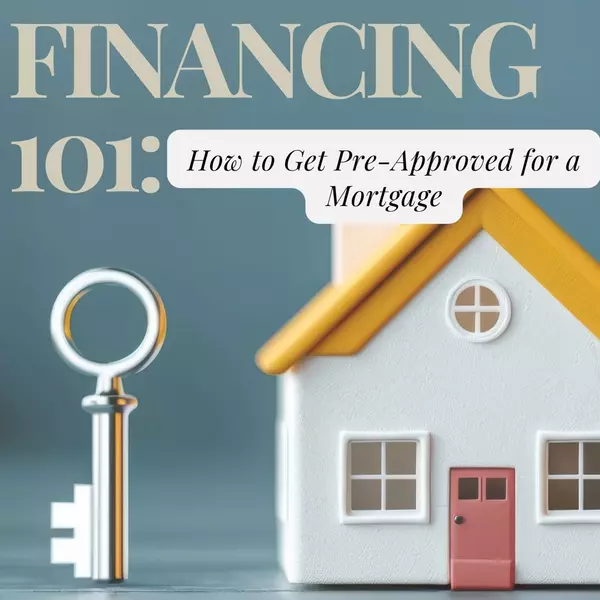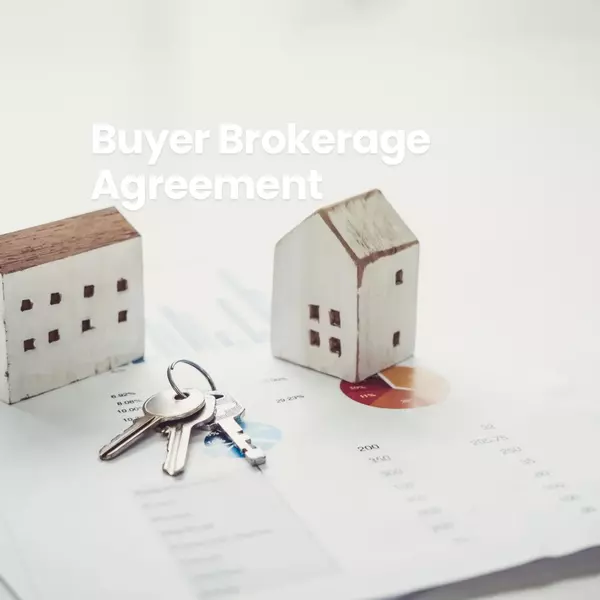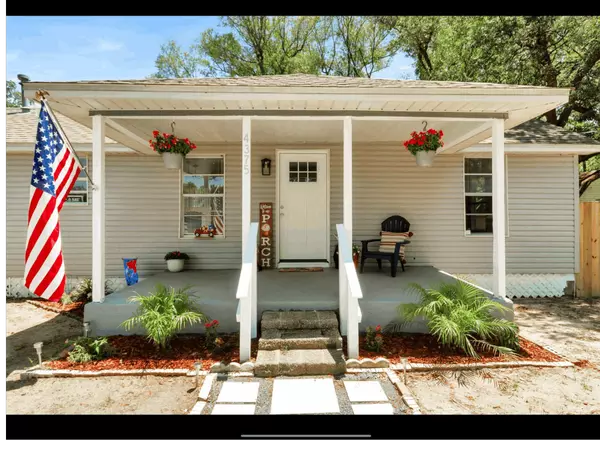Financing 101: How to Get Pre-Approved for a Mortgage

Financing 101: How to Get Pre-Approved for a Mortgage
When you're ready to buy a home, one of the first steps you should take is getting pre-approved for a mortgage. This process not only helps you understand how much home you can afford but also shows sellers that you’re a serious buyer. Here’s a comprehensive guide to help you navigate the mortgage pre-approval process.
1. What is Mortgage Pre-Approval?
Mortgage pre-approval is a lender’s conditional commitment to provide you with a mortgage loan. It’s based on an evaluation of your financial situation, including your credit score, income, and debt-to-income ratio. Unlike pre-qualification, which gives you an estimate of what you might be able to borrow, pre-approval involves a more thorough check and carries more weight in the home-buying process.
2. Why is Pre-Approval Important?
- Shows Seriousness: A pre-approval letter signals to sellers that you’re a serious buyer with financing lined up, making your offers more attractive.
- Sets a Budget: It gives you a clear understanding of how much you can borrow, helping you focus on homes within your budget.
- Speeds Up the Buying Process: Since much of the financial vetting is done upfront, it can speed up the mortgage approval process once you’ve found a home.
3. Steps to Get Pre-Approved
A. Check Your Credit Score
Your credit score is one of the most critical factors lenders consider. Before applying, check your credit report for errors and work on improving your score if necessary. Generally, a score of 620 or higher is needed for conventional loans, but a higher score can qualify you for better interest rates.
B. Gather Financial Documents
Lenders will require several documents to verify your financial status. These typically include:
- Recent pay stubs
- W-2 forms or tax returns for the past two years
- Bank statements for the last two to three months
- Information on any outstanding debts (credit cards, student loans, etc.)
- Identification (driver’s license, Social Security number)
C. Determine Your Budget
Before you approach a lender, it’s helpful to have a rough idea of what you can afford. Consider your monthly income, existing debts, and how much you can comfortably allocate to mortgage payments. Online calculators can provide a starting point, but remember to factor in other costs like property taxes, homeowners insurance, and maintenance.
D. Choose the Right Lender
Shop around and compare mortgage rates and terms from different lenders. Look for a lender who offers favorable rates and is willing to explain your options. You can approach banks, credit unions, or mortgage brokers for pre-approval.
E. Submit Your Application
Once you’ve chosen a lender, you’ll need to complete a formal mortgage application. The lender will review your financial documents and may ask for additional information. Be prepared to answer questions about your employment, income, and assets.
F. Get Your Pre-Approval Letter
If you’re approved, the lender will issue a pre-approval letter, typically valid for 60-90 days. This letter states the loan amount you’re approved for, the type of loan, and the terms. Keep this letter handy, as you’ll need it when making offers on homes.
4. After Pre-Approval: What’s Next?
- House Hunting: With your pre-approval letter in hand, you can start searching for homes within your budget. Your real estate agent can help you find properties that match your criteria.
- Stay Financially Stable: Avoid making significant financial changes after getting pre-approved, such as taking on new debt or changing jobs, as this could jeopardize your loan approval.
- Final Mortgage Approval: Once you’ve found a home and your offer is accepted, the final mortgage approval process begins. The lender will order an appraisal and finalize the loan details before closing.
5. Common Mistakes to Avoid
- Skipping the Pre-Approval Process: Don’t mistake pre-qualification for pre-approval. Pre-qualification is a preliminary step, while pre-approval is more rigorous and essential for serious buyers.
- Overestimating Your Budget: Just because you’re pre-approved for a certain amount doesn’t mean you should spend it all. Consider your long-term financial goals and choose a mortgage that fits comfortably within your means.
- Neglecting to Shop Around: Different lenders offer different rates and terms. Don’t settle for the first offer—compare multiple lenders to find the best deal.
6. Final Thoughts
Getting pre-approved for a mortgage is a crucial first step in the home-buying journey. It not only gives you a realistic budget but also strengthens your position as a buyer. By following these steps and being mindful of your financial situation, you’ll be well-prepared to navigate the competitive real estate market with confidence.
Remember, if you have any questions or need further guidance, feel free to reach out—I’m here to help you every step of the way!
Categories
Recent Posts






GET MORE INFORMATION


